CultPlatForm_21 - Workshop "Discovering Hidden Heritage"
17-05-2017
The project plans a cooperation of culture and tourism with the aim of developing a new type of cultural routes, modern and contemporary. It is planned to discover places of history and to support existing cultural routes in cooperation with the Council of Europe.
The whole process of modernising cultural routes is led by a policy learning platform, a network and think tank consisting of stakeholders from all 14 EUSDR countries. Under the lead of the Federal Chancellery of Austria this cultural policy network brings together all relevant actors from culture and tourism, governmental and non-governmental bodies to promote innovative formats and audience development for cultural heritage.
In three thematic meetings the platform discusses these topics. On 20 April 2017 the first cultural policy workshop Discovering Hidden Heritage took place in Vienna. Experts from the fields of culture, tourism and cultural heritage discussed theoretical and practical issues in two panels.
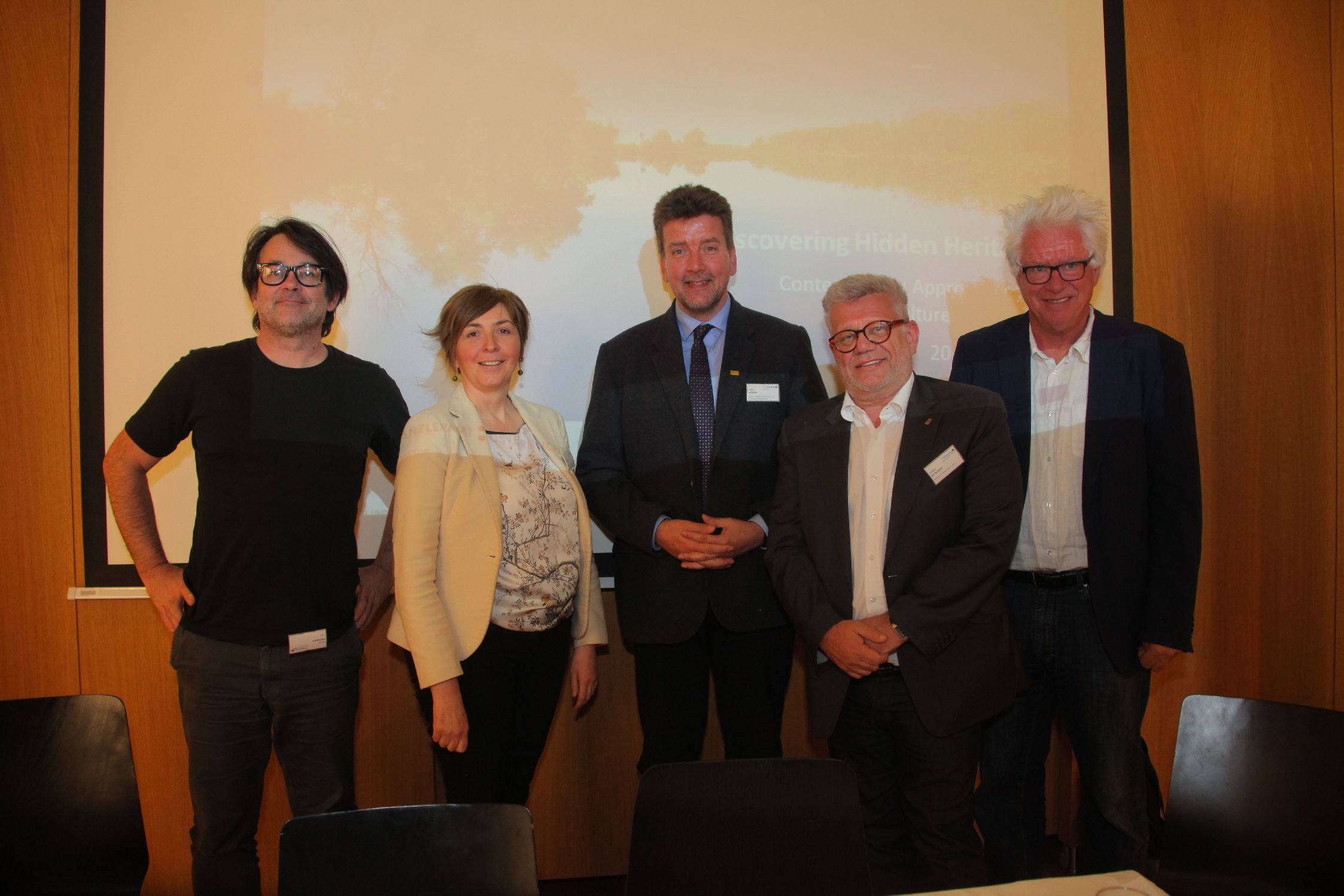
At this point we want to share first insights into Panel 1 Experiencing Cultural Heritage.
The first panel focused on questions concerning the development of cultural heritage and tourism: How can cultural heritage be treated and conveyed in a contemporary way for an audience of the 21st century? What contributions do cultural institutions make to the development of new destinations? What are the benefits of the cultural heritage for a region and for tourism?
The panel started with Rainer Prohaska, an Austrian artist, and two of his arts projects: The Z-Boats – Modular Barges was in 2007, when he travelled down the Danube from Austria to Bulgaria with a swimming sculpture made from found objects along the Danube.
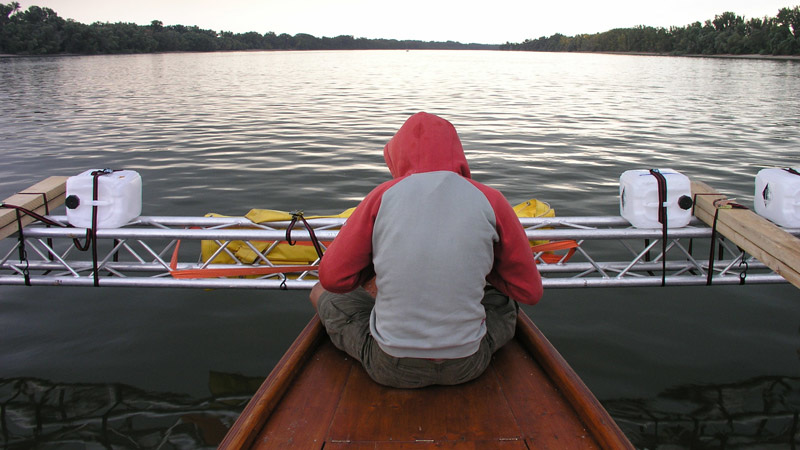
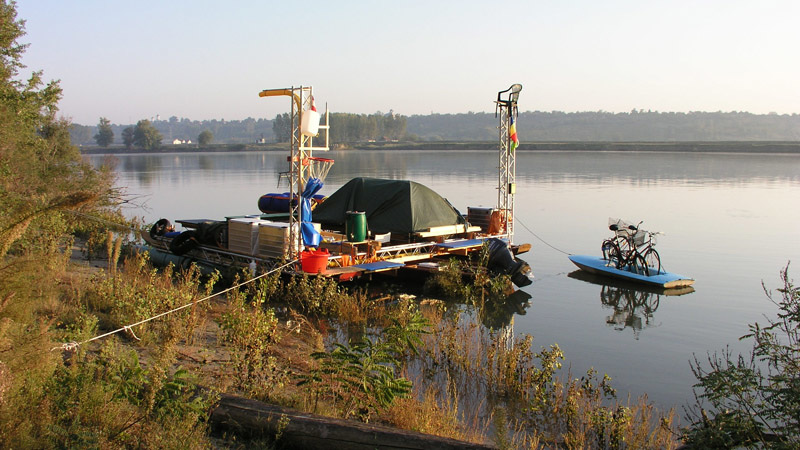

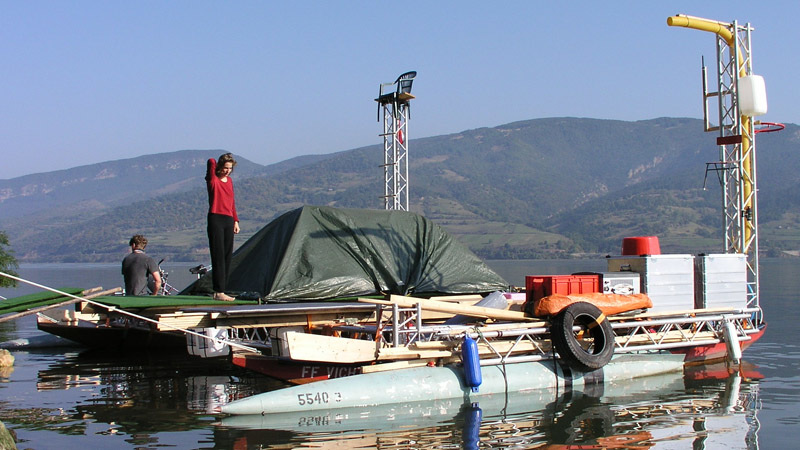
In 2014, he repeated the journey – CARGO – travelling on a self-constructed Trimaran. The MS Cargo served as a navigating sculpture and as a mobile communication centre, allowing the artist to spontaneously interact and connect with locals and to observe the evolving Danube culture. To give you an even better impression of his work watch a short trailer: http://www.rainer-prohaska.net/Boring-River-1
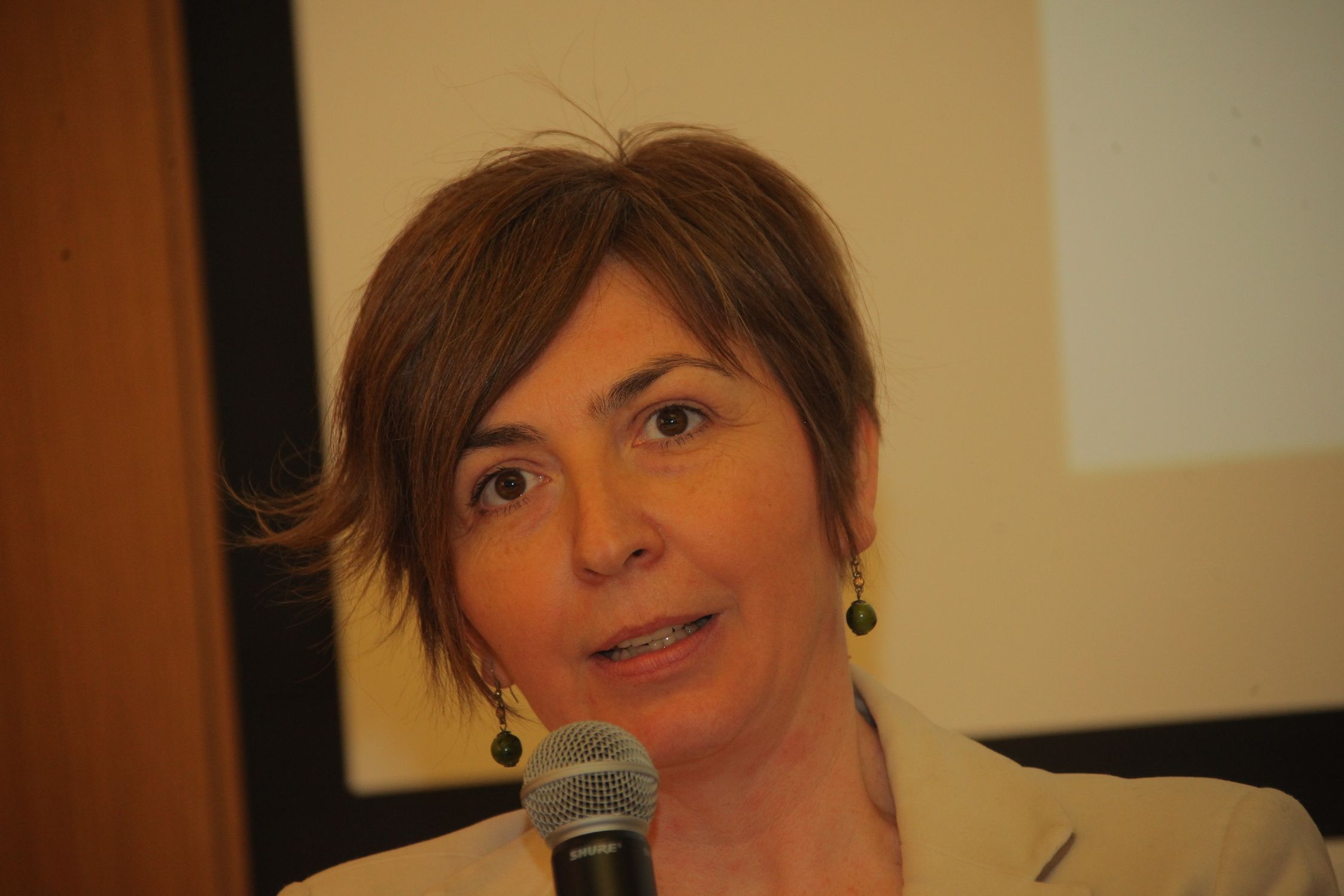 Kristina Kujundžic, Development Worker in Culture (Serbia), pointed out that cultural tourism in Europe is a fast growing sector but rather traditional than innovative. There is a lot of profit generated but not equally distributed between the tourism sector and the cultural field. For contemporary approaches, the intangible aspect of culture can serve as a point of departure. Another challenge is the fact that the cultural sector treats tourists as a homogeneous group instead of selecting specific target groups. Furthermore there is the question of a "Danubian Identity" – maybe it exists, maybe it doesn't. It could be a task for the policy learning platform to elaborate this question and locally disseminate the outcomes.
Kristina Kujundžic, Development Worker in Culture (Serbia), pointed out that cultural tourism in Europe is a fast growing sector but rather traditional than innovative. There is a lot of profit generated but not equally distributed between the tourism sector and the cultural field. For contemporary approaches, the intangible aspect of culture can serve as a point of departure. Another challenge is the fact that the cultural sector treats tourists as a homogeneous group instead of selecting specific target groups. Furthermore there is the question of a "Danubian Identity" – maybe it exists, maybe it doesn't. It could be a task for the policy learning platform to elaborate this question and locally disseminate the outcomes.
 Gábor Móczár, Zsolnay Cultural Quarter (Hungary), reported on the strategies and processes in the aftermath of Pécs2010 – European Capital of Culture. Pécs got the title with a concept to capitalize on hidden cultural assets. The former ceramics factory was successfully turned into Zsolnay Cultural Quarter, but the positive impact on tourism wasn’t sustainable. Móczár explained that it is very difficult to market a city with medium size cultural attractions. Now Pécs aims to become a cultural hub of Central and South-Eastern- Europe through cooperation projects and cultural networks.
Gábor Móczár, Zsolnay Cultural Quarter (Hungary), reported on the strategies and processes in the aftermath of Pécs2010 – European Capital of Culture. Pécs got the title with a concept to capitalize on hidden cultural assets. The former ceramics factory was successfully turned into Zsolnay Cultural Quarter, but the positive impact on tourism wasn’t sustainable. Móczár explained that it is very difficult to market a city with medium size cultural attractions. Now Pécs aims to become a cultural hub of Central and South-Eastern- Europe through cooperation projects and cultural networks.
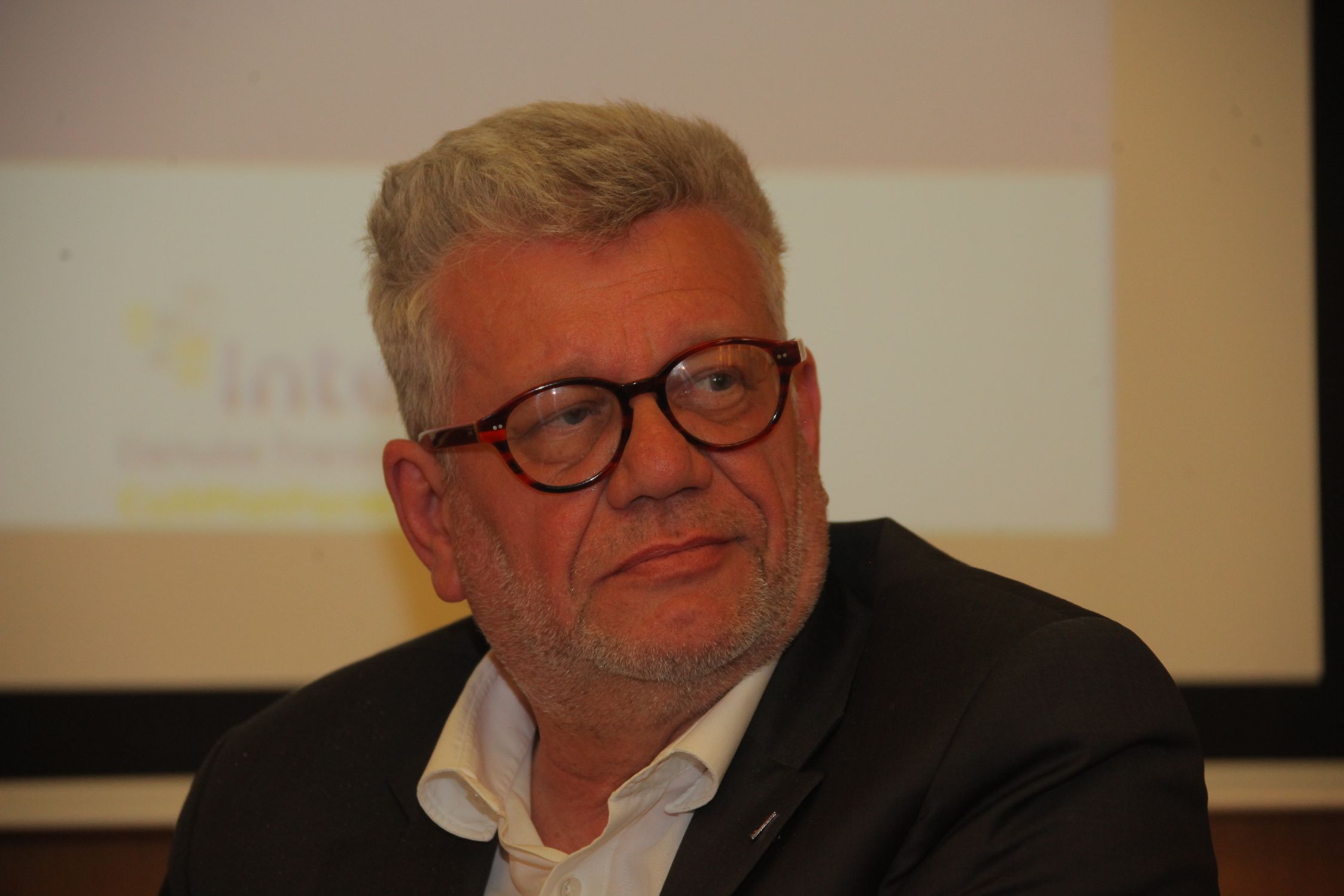 Walter Putschögl, Director of the Upper Austrian Federal State Museum (Austria), reported on the experiences gained in Linz09 – European Capital of Culture. He pointed out the importance of a strong cooperation between culture and tourism and a sustainable marketing strategy for both, because they finally address the same target groups. In Linz, culture was fundamentally included in the tourism strategy. The transformation of the former industrial city into a vibrant cultural place and a tourist attraction is owed to a consistent marketing concept with sufficient financial resources. Cultural packages and 3-day-cards as well as common "themes of the year" were developed and have a lasting effect on the new image of the city as well as on the increasing number of overnight stays.
Walter Putschögl, Director of the Upper Austrian Federal State Museum (Austria), reported on the experiences gained in Linz09 – European Capital of Culture. He pointed out the importance of a strong cooperation between culture and tourism and a sustainable marketing strategy for both, because they finally address the same target groups. In Linz, culture was fundamentally included in the tourism strategy. The transformation of the former industrial city into a vibrant cultural place and a tourist attraction is owed to a consistent marketing concept with sufficient financial resources. Cultural packages and 3-day-cards as well as common "themes of the year" were developed and have a lasting effect on the new image of the city as well as on the increasing number of overnight stays.
The workshop concluded with a discussion among the more than 80 participants. One basic view is that the Danube Culture Platform is an opportunity to open doors, to connect projects and people. Further central issues are summed up below:
From conservative tourism to new tourism: innovation, experiments, new strategies and tools are needed! Learning by doing and going into practice can help building transformation capacities. There is a need for proven methods and reliable concepts providing concrete solutions for concrete problems. Therefore in the course of the project, challenges should be addressed in a practical way. In order to work on these specific solutions, the partners need to exchange know-how across sectors and countries in a long-term approach. There is no one-size-fits-all approach. Targeted workshops and trainings should be implemented for initiating dialogue, creating narratives, developing business plans, branding and marketing.


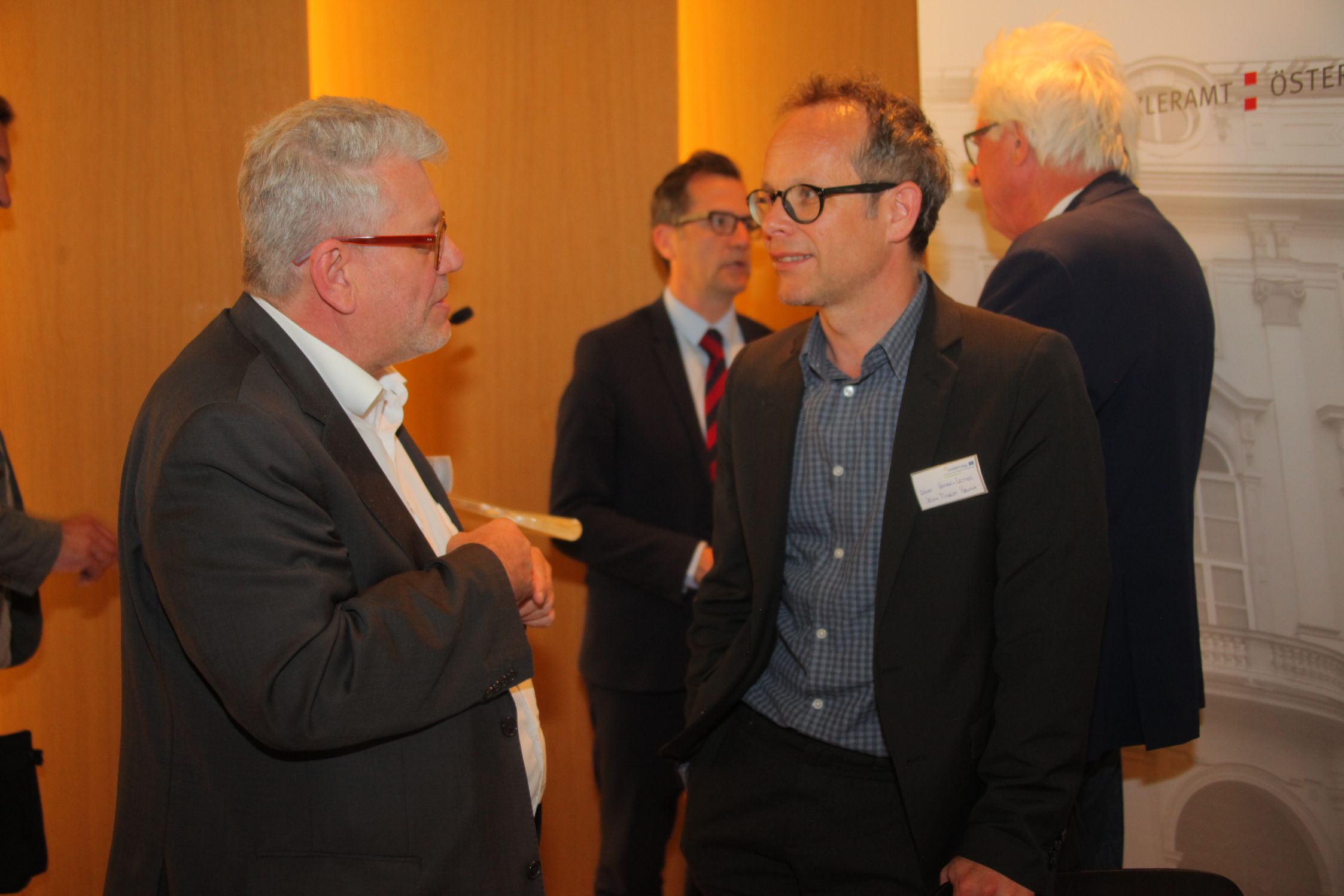
There is a basic tension between a possible macro-regional identity of the Danube Region and the numerous and diverse local specificities: A macro-regional image is useful for destination development and tourism marketing on a European level. It needs a key narrative, stories and icons that are simple, but also broad enough. But also local specificities have to be maintained and fostered as they are essential, especially for cultural tourism. So the different places and stories in the region should not be standardised. Both lighthouse projects and local focus groups, actively involving local people, are therefore needed. Local and regional characteristics are to be discovered and communicated to specific target groups, such as artists, cultural operators, tourism experts. To achieve this goal new narratives have to be created.
Fotos Workshop Discovering Hidden Heritage: Wladimir Fried
